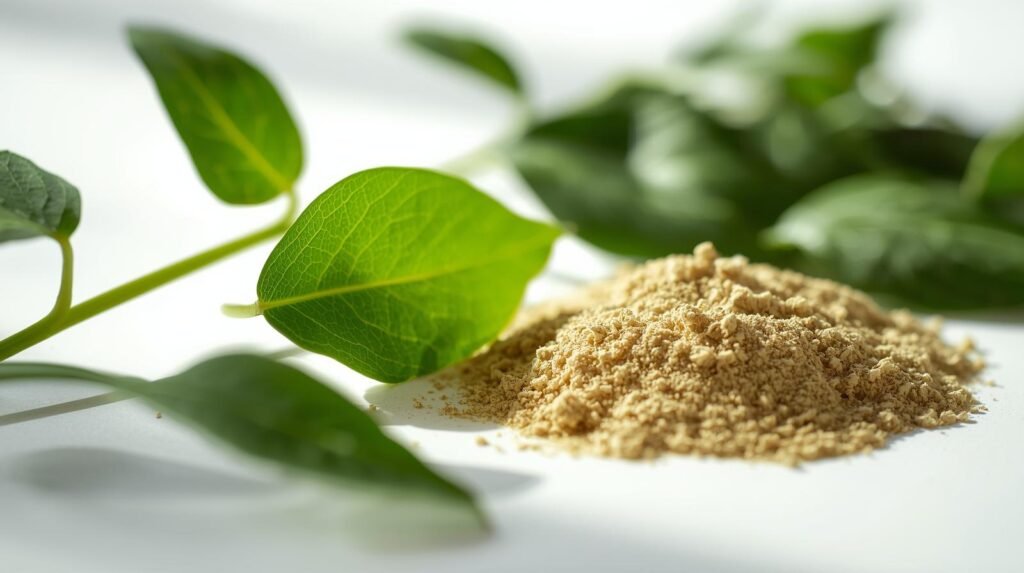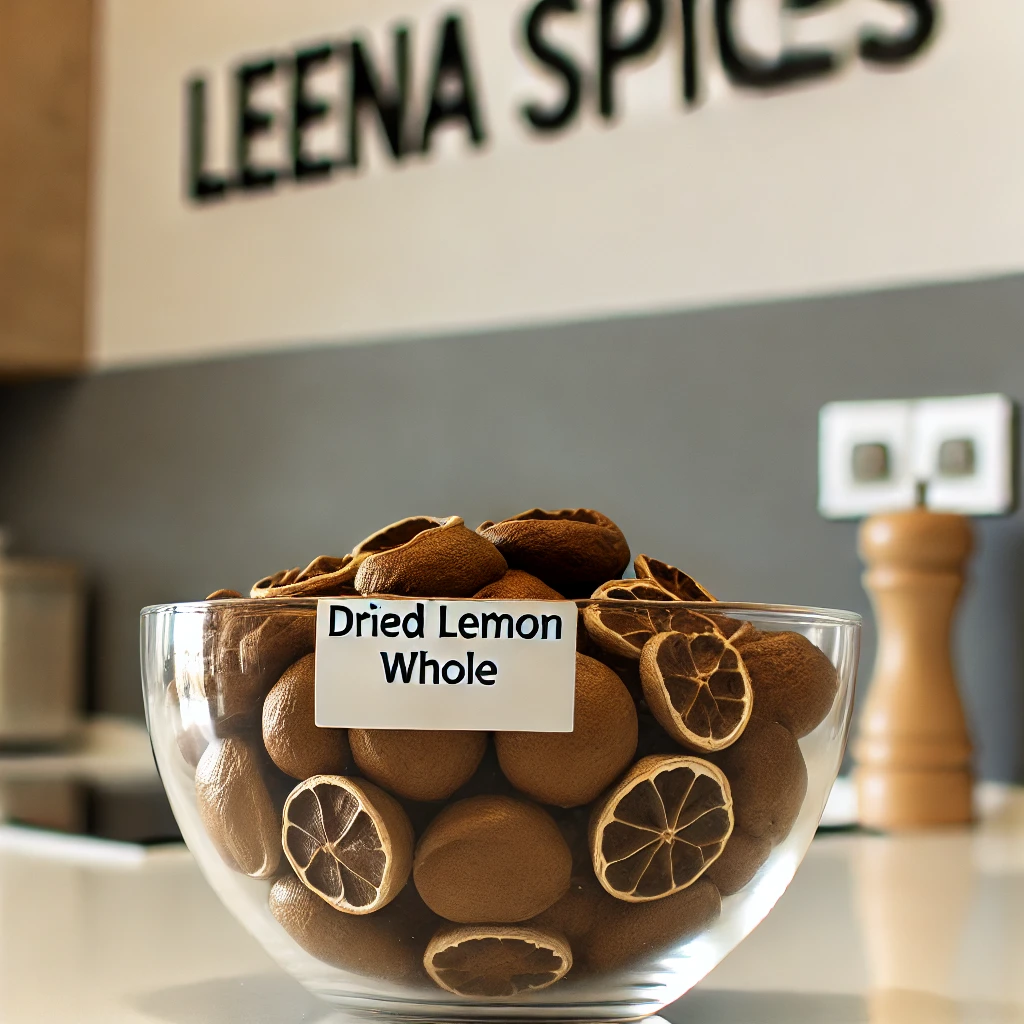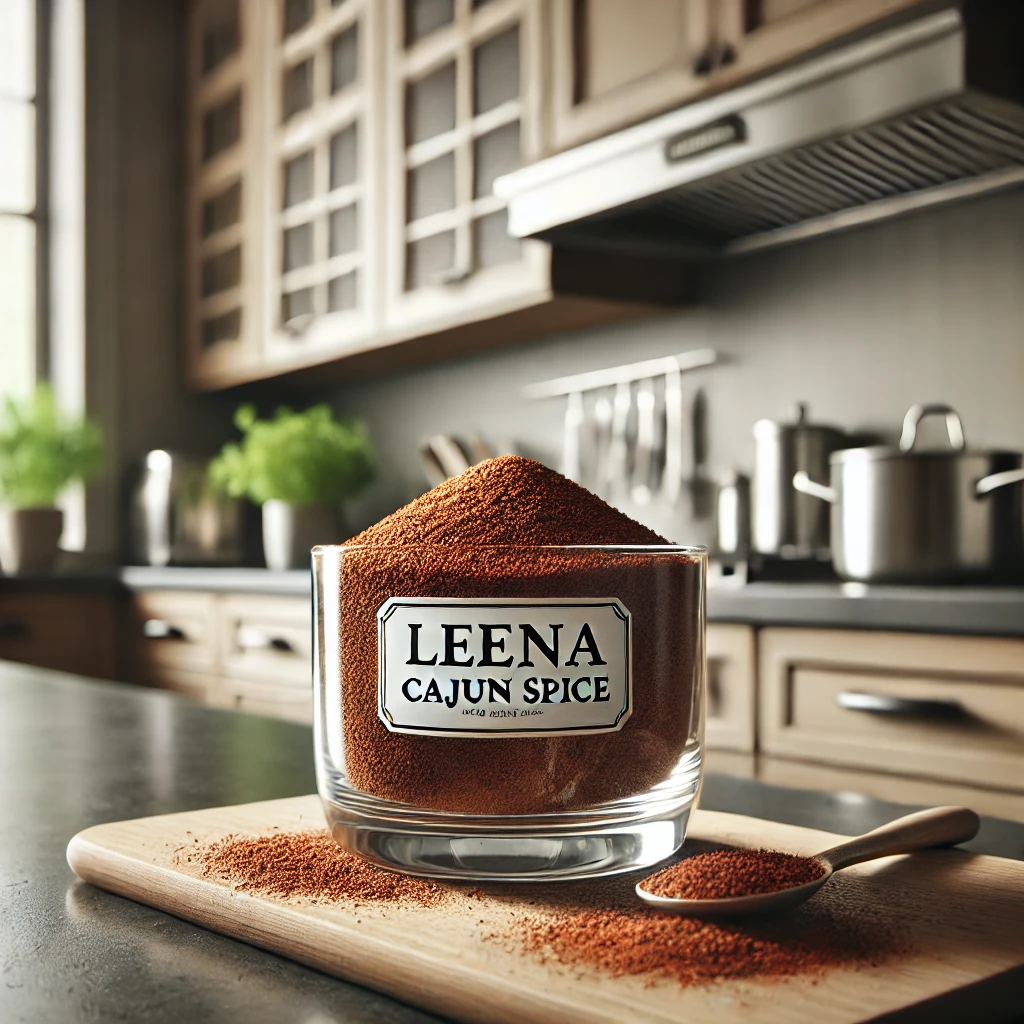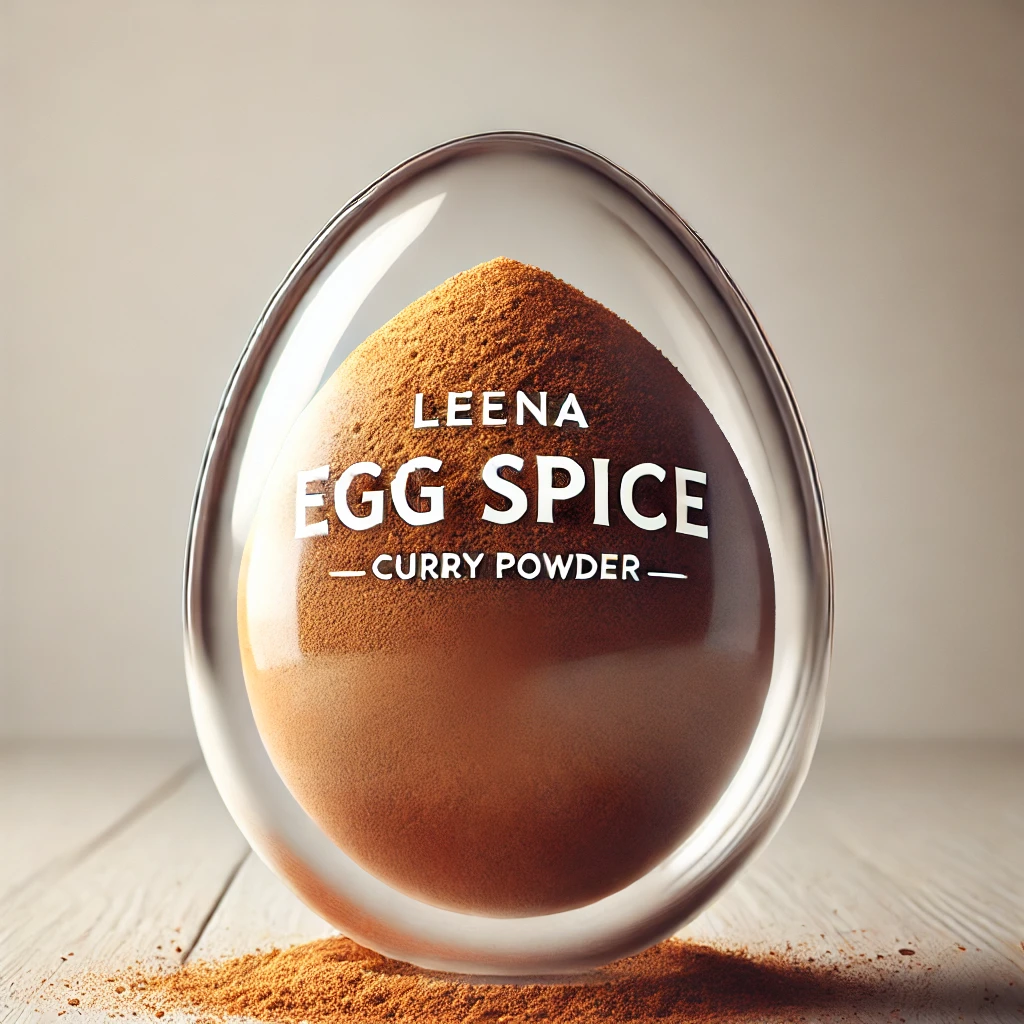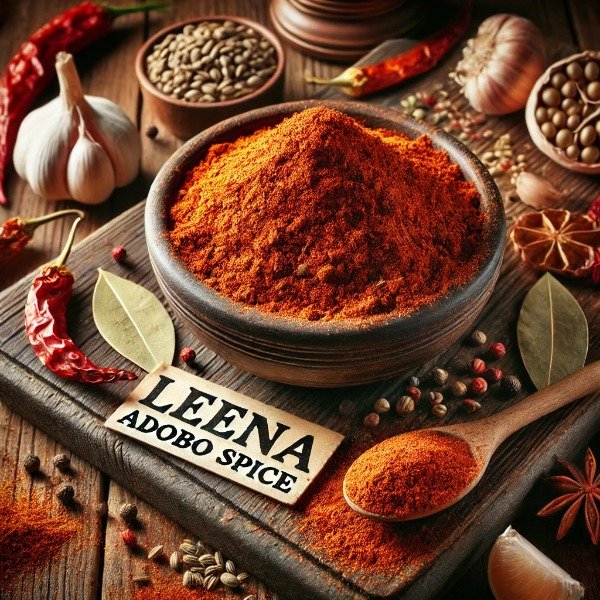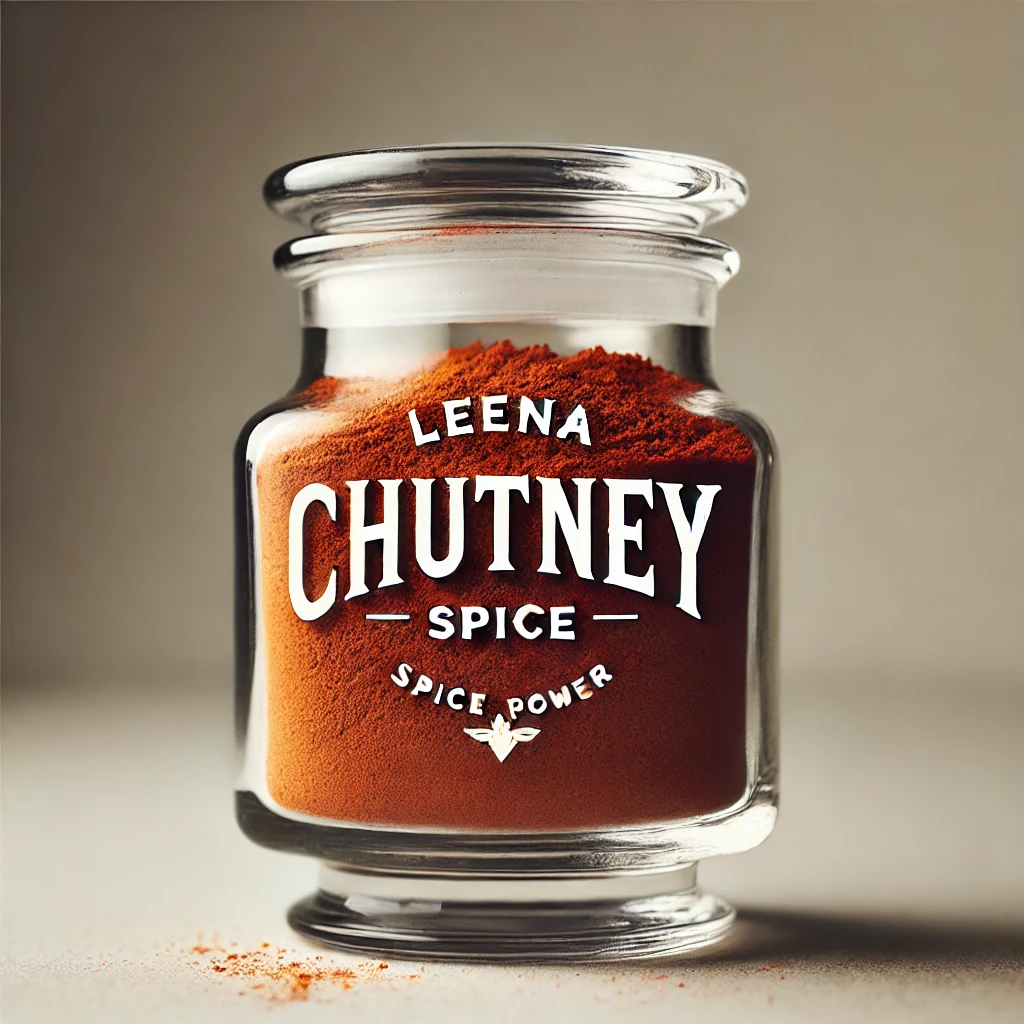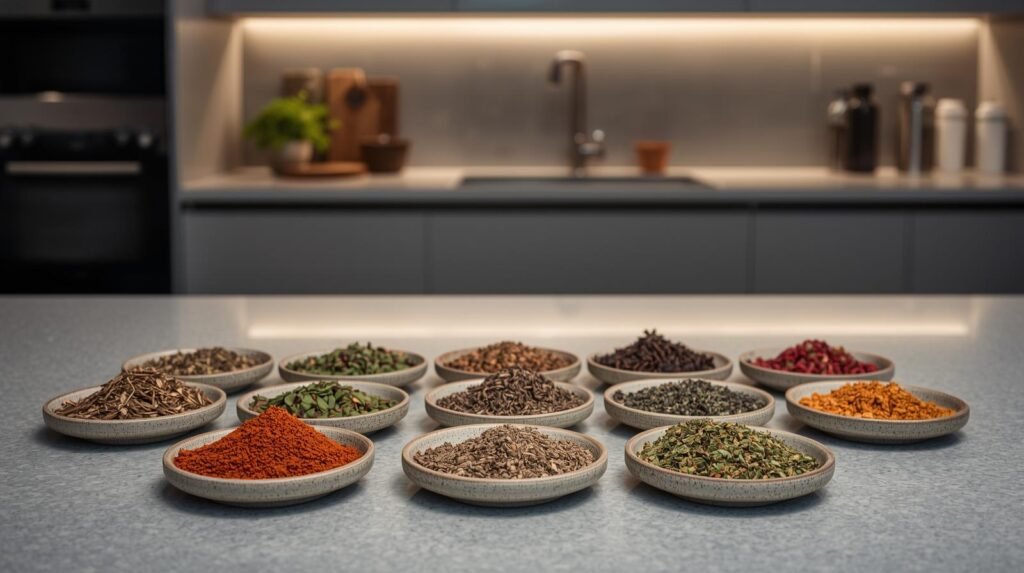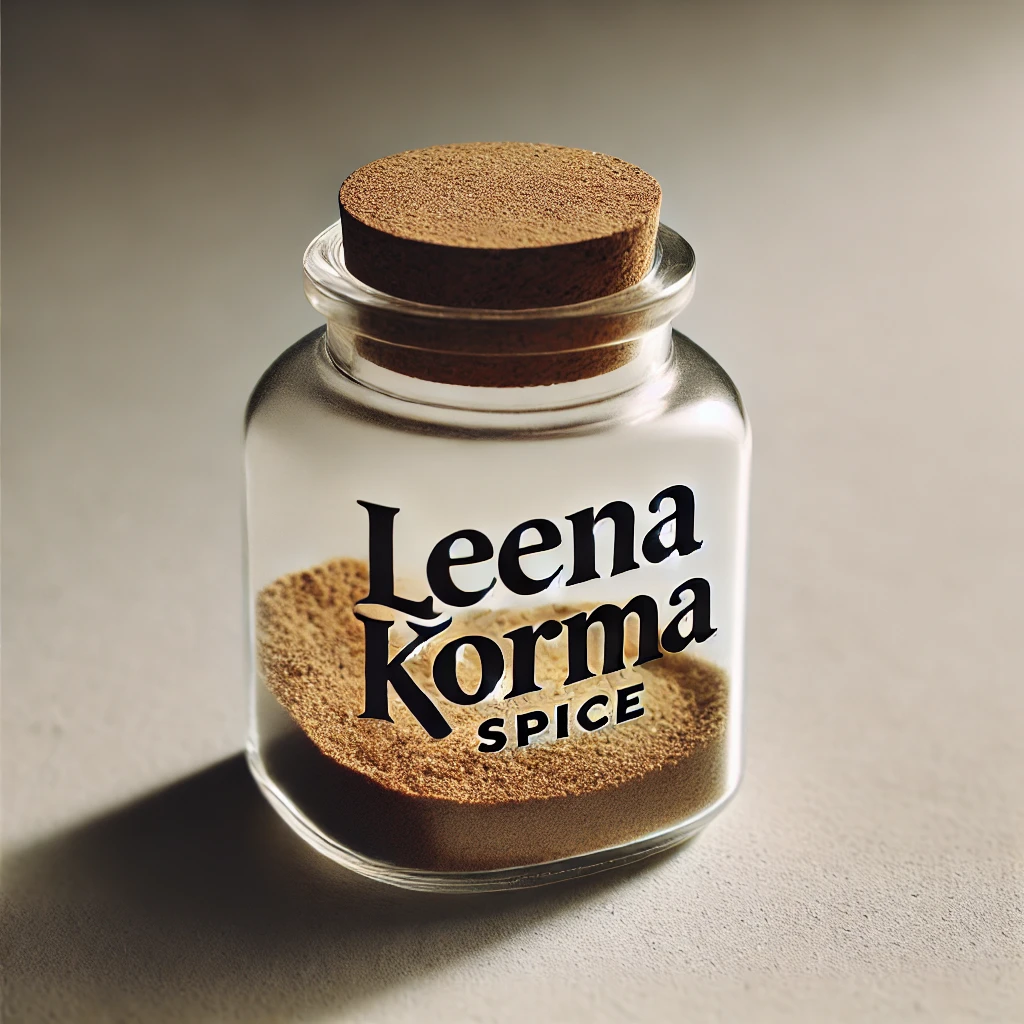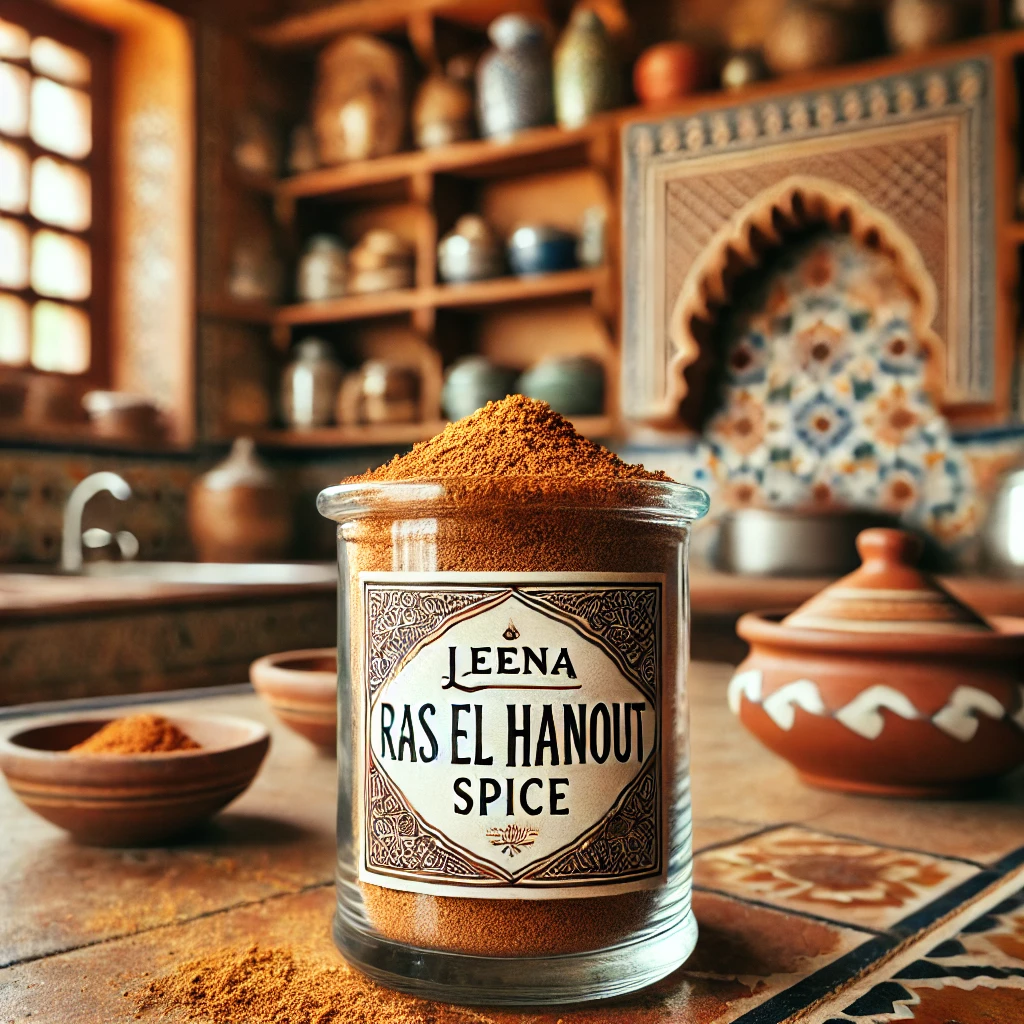8 Essential Fenugreek (Methi) Cooking Tips for Your Kitchen
Table of Contents
- What is Fenugreek?
- What is Fenugreek Spice Used for in Cooking?
- What Does Fenugreek Taste Like?
- Why Is Fenugreek Spice Bitter?
- Can You Eat Fenugreek Seeds Raw?
- How Do You Use Fenugreek Seeds in Cooking?
- Can Fenugreek Be Used in Tea?
- What Dishes Use Fenugreek Spice?
- Is Fenugreek the Same as Methi?
- How Do You Store Fenugreek Seeds?
- FAQs
- Conclusion
Key Takeaways: Fenugreek (Methi)
What is fenugreek?
Fenugreek (Trigonella foenum-graecum), also called methi in Hindi, is an herbaceous plant whose seeds and leaves are used as a spice and vegetable. It has a nutty, slightly bitter, and maple-like flavor and is a staple in Indian, Middle Eastern, and Ethiopian cuisines.
How is fenugreek used in cooking?
Fenugreek seeds can be tempered in oil, toasted, ground into spice blends, or soaked before use. Leaves, fresh or dried (kasuri methi), are added to curries, breads, and vegetable dishes for aroma and depth. It flavors curries, dals, pickles, breads, marinades, and spice mixes.
What does fenugreek taste like?
Raw seeds are bitter, but cooking or toasting transforms them into a warm, nutty, and slightly sweet flavor with maple-like notes. Dried leaves are earthy and mildly bitter, adding aromatic depth to dishes.
Why is fenugreek bitter?
Bitterness is natural to fenugreek seeds and leaves. Cooking, toasting, or pairing with acidic, sweet, or fatty ingredients balances the bitterness and releases sweet and nutty undertones.
Can you eat fenugreek seeds raw?
Small amounts of raw seeds are safe but very hard and bitter. Soaking overnight softens the seeds and reduces bitterness, making them easier to chew and digest.
Can fenugreek be used in tea?
Yes, fenugreek tea is made by steeping 1 teaspoon of whole or crushed seeds in hot water for 5–15 minutes. Optional additions like honey or lemon improve flavor. Fenugreek tea may support digestion, regulate blood sugar, and promote lactation.
What dishes use fenugreek spice?
Fenugreek is used in Indian curries (butter chicken, dal, aloo methi), breads (naan, paratha), pickles, chutneys, Middle Eastern stews, Ethiopian berbere spice mixes, and vegetable stir-fries. Both seeds and leaves are versatile ingredients.
Is fenugreek the same as methi?
Yes, methi is the Hindi name for fenugreek. Seeds are called methi dana, fresh leaves are methi, and dried leaves are kasuri methi. The terms are used interchangeably depending on the culinary context.
How do you store fenugreek seeds?
Store seeds in an airtight container in a cool, dry, and dark place. Whole seeds last 1–3 years, while ground fenugreek is best used within 6–12 months. Avoid moisture, heat, and direct sunlight to preserve flavor and aroma.

What is Fenugreek?
Fenugreek (Trigonella foenum-graecum) is an annual herb from the pea family that has been valued for both its culinary and medicinal uses for thousands of years. Native to Central Asia and the Mediterranean, it is now widely grown across India, the Middle East, and North Africa.
The plant has trifoliate green leaves, small white to yellowish flowers, and slender pods that contain the distinctive golden-brown seeds. These seeds are the most widely used part of the plant, though the fresh and dried leaves called methi are also popular in cooking.
Fenugreek seeds have a nutty, slightly bitter flavor with a sweet undertone often compared to maple syrup. They are used whole, ground into spice blends such as garam masala, or even sprouted for salads and side dishes. In Indian and Middle Eastern cuisines, fenugreek is an essential ingredient in curries, breads, chutneys, and pickles, while the dried leaves are prized for their ability to add depth and aroma to dishes.
What is Fenugreek Spice Used for in Cooking?
Fenugreek spice, whether in seed or ground form, is a versatile ingredient that lends a nutty, slightly bitter flavor with a hint of maple sweetness. It is used across Indian, Middle Eastern, North African, and Ethiopian cuisines to add depth, aroma, and complexity to both savory and sweet dishes.
- Curries and Lentil Dishes (Dal): Whole seeds are often tempered in hot oil or ghee to release their aroma, while ground seeds are blended into curries to build a warm, earthy base.
- Spice Blends: Fenugreek is an essential component of popular mixes such as garam masala, panch phoran, and the Ethiopian berbere blend.
- Pickles and Chutneys: Whole seeds add tangy notes and also serve as a natural preservative.
- Breads: Seeds or dried leaves (kasuri methi) are incorporated into flatbreads like naan and paratha for a subtle sweetness and fragrance.
- Rubs and Marinades: Ground fenugreek pairs well with fish, chicken, potatoes, and other vegetables, enhancing flavor in both dry rubs and marinades.
- Herbal Touch: The leaves, fresh or dried, are often sprinkled into dishes like butter chicken, curries, and stir-fries near the end of cooking for a distinctive aromatic finish.
Used sparingly, fenugreek brings balance to rich and spicy dishes, elevating flavors without overpowering them.
What Does Fenugreek Taste Like?
Yes, fenugreek seeds are naturally bitter, but this bitterness is not a flaw—it is part of what makes the spice distinctive. The way fenugreek is prepared and cooked determines how much of that bitterness comes through in a dish.
- Raw Seeds: When eaten raw, the seeds are intensely bitter and often overpowering, which is why they are rarely consumed in this form.
- Cooked or Toasted Seeds: Gentle toasting, frying in oil, or simmering in curries softens the bitterness, allowing fenugreek’s sweeter, nutty, and maple-like notes to emerge. This transformation gives dishes greater depth and complexity.
- Dried Leaves (Kasuri Methi): The leaves carry a milder bitterness with earthy, herbal undertones, which adds an aromatic lift to foods like butter chicken and vegetable curries.
Chefs often balance fenugreek’s bitterness with acidic ingredients such as tomatoes, tamarind, or lemon juice, creating a harmonious flavor profile. Used in the right amount, this touch of bitterness prevents dishes from becoming one-dimensional and enriches the overall taste.
Can You Eat Fenugreek Seeds Raw?
Yes, fenugreek seeds can technically be eaten raw, but doing so is not ideal. In their natural state, the seeds are extremely hard, intensely bitter, and difficult to chew or digest. For this reason, they are rarely consumed raw in large amounts.
Why raw fenugreek seeds aren’t preferred:
- Taste: The bitterness can be overwhelming and unpleasant.
- Texture: The seeds are very tough, making them hard on the teeth.
- Digestion: Eating them raw in quantity may cause stomach discomfort, gas, or diarrhea for some people.
How they are usually consumed instead:
- Soaked Seeds: The most common method is to soak the seeds overnight in water. Soaking softens them, reduces bitterness, and makes them easier to chew. Many people also drink the soaking water for additional health benefits.
- Toasted or Cooked: In most culinary traditions, fenugreek seeds are toasted, fried in oil, or simmered in curries and stews. Cooking transforms the harsh bitterness into a warm, nutty, and slightly sweet flavor that blends harmoniously with other spices.
How Do I Use Fenugreek Seeds in Cooking?
Fenugreek seeds are a staple in Indian, Middle Eastern, and North African cuisines, prized for their ability to transform from bitter when raw to nutty, sweet, and aromatic once cooked. Because of their intensity, they are always used in small amounts and prepared carefully to bring out their best qualities.
Main Ways to Use Fenugreek Seeds
- Tempering (Tadka)
One of the most traditional methods in Indian cooking:
- Heat oil or ghee until hot.
- Add a small pinch of fenugreek seeds, often alongside cumin, mustard, or curry leaves.
- Fry just until the seeds turn light reddish-brown and release their aroma.
- Pour this flavored oil over cooked lentils (dal), vegetable stir-fries (like aloo methi), or curries.
Tip: Do not let the seeds burn—overcooking will make them very bitter.
- Spice Blends and Rubs (Ground Seeds)
- Lightly toast seeds, then grind them into powder.
- Add to blends like garam masala, panch phoran (Bengali five-spice), or Ethiopian berbere.
- Use ground fenugreek in dry rubs for chicken, fish, or lamb to add depth and complexity.
- Long-Cooked Dishes
- Whole or ground seeds are ideal in slow-simmered curries and stews.
- Cooking for a long time softens their bitterness and releases nutty, maple-like undertones.
- Seeds are also traditional in Indian pickles, where their strong flavor becomes a defining element.
- Soaked or Sprouted
- Soak seeds overnight in water to soften and reduce bitterness.
- Chew the soaked seeds directly, add them to salads, or use in home remedies.
- Some also drink the soaking water for health benefits.
- Breads and Vegetable Dishes
- Add a small amount of seeds (whole or ground) to dough for naan, paratha, or other flatbreads.
- Use sparingly in potato, okra, or cabbage stir-fries to lend an earthy depth.
Tips to Balance Bitterness
Method | Application | Effect |
Soak | Overnight in water, then drain. | Softens seeds and leaches bitterness. |
Roast | Light dry-roasting in a pan. | Enhances sweetness and nuttiness. |
Pair | Combine with sour, sweet, or fatty foods (tomato, tamarind, jaggery, coconut milk). | Balances bitterness and rounds out flavor. |
Use Sparingly | Start with ¼–½ tsp per dish. | Prevents overpowering bitterness. |
Can Fenugreek Be Used in Tea?
Yes, fenugreek seeds can be used to make a soothing herbal tea. When steeped in hot water, the seeds release a warm, nutty flavor with a slight maple-like sweetness and a touch of bitterness. This tea is enjoyed not only for its taste but also for its traditional health benefits.
How to Make Fenugreek Tea:
- Lightly crush or use 1 teaspoon of whole fenugreek seeds.
- Steep in a cup of hot water for 5–10 minutes, or simmer for 10–15 minutes for a stronger brew.
- Strain and drink warm.
- Optional: Add honey, lemon, ginger, or cinnamon to balance bitterness and enhance flavor.
Potential Benefits:
Fenugreek tea has long been used in traditional remedies and may help with:
- Supporting digestion and easing bloating.
- Regulating blood sugar levels.
- Assisting with weight management.
- Promoting lactation in breastfeeding mothers.
What Dishes Use Fenugreek Spice?
Fenugreek, in both seed and leaf form, is a versatile ingredient found in a wide range of traditional dishes across India, the Middle East, North Africa, and Ethiopia. Its slightly bitter, nutty, and maple-like flavor adds depth and complexity, especially when paired with rich, hearty ingredients.
Popular Dishes with Fenugreek
- Indian Curries: Classics such as butter chicken, dal, and aloo methi (potatoes with fenugreek leaves) often rely on fenugreek for their signature flavor.
- Vegetable & Lentil Dishes: Recipes like methi matar malai (fenugreek with peas), gajar methi sabzi (carrot stir-fry with fenugreek), methi dal (lentils with fenugreek leaves), and methi sambar (South Indian lentil stew) showcase its versatility.
- Flatbreads & Snacks: Fenugreek is kneaded into dough for methi paratha, roti, and naan, or used in fritters such as methi na gota.
- Pickles & Chutneys: Whole fenugreek seeds are a staple in Indian pickles and chutneys, including mango and tamarind varieties.
- Spice Blends: Ground seeds appear in iconic mixtures like garam masala, curry powder, panch phoran, and Ethiopian berbere.
- Meat & Fish Dishes: Methi chicken, fenugreek-spiced fish, or lamb stews highlight its role as a balancing spice for rich proteins.
- Middle Eastern & Persian Cuisine: Fenugreek features in meat rubs, hearty stews, and traditional herb blends paired with cumin and coriander.
- Ethiopian Cuisine: It is a defining element of berbere spice mix, used in lentil stews, curries, and with injera bread.
Is Fenugreek the Same as Methi?
Yes, fenugreek and methi are the same plant: Trigonella foenum-graecum. The difference lies mainly in language and context.
- Fenugreek is the English term, often used in reference to the plant as a whole, including its seeds and leaves.
- Methi is the Hindi name, widely used in Indian and South Asian cooking, where it commonly refers to the fresh or dried leaves used as a vegetable or herb.
How the Terms Are Used in Cooking
English Term | Hindi Term | Description | Culinary Use |
Fenugreek (general) | Methi | The plant as a whole. | General name. |
Fenugreek Seeds | Methi Dana | Small, hard, yellow-brown seeds. | Used as a spice in curries, pickles, spice blends. |
Fresh Fenugreek Leaves | Methi | Clover-like, slightly bitter green leaves. | Cooked as a leafy vegetable in stir-fries (e.g., aloo methi) and flatbreads (e.g., methi paratha). |
Dried Fenugreek Leaves | Kasuri Methi | Crushed, dried leaves. | Sprinkled at the end of cooking for aroma and depth in curries (e.g., butter chicken, paneer dishes). |
In short, “fenugreek” and “methi” refer to the same plant, but methi is the everyday culinary term in Indian kitchens, while fenugreek is the more general English and botanical name.
How Do You Store Fenugreek Seeds?
Proper storage is key to keeping fenugreek seeds (methi dana) fresh, flavorful, and aromatic. Like most whole spices, they are sensitive to air, light, heat, and moisture, all of which can degrade their quality over time.
Best Practices for Storing Fenugreek Seeds
- Use an Airtight Container
- Options: Glass jars with tight lids, metal tins, or heavy-duty sealable plastic containers work best.
- Why: This prevents air and humidity from entering, which can cause seeds to lose aroma or, in damp environments, clump or develop mold.
- Store in a Cool, Dark, and Dry Place
- Location: Keep containers in a pantry, cupboard, or spice drawer away from direct sunlight, stoves, ovens, or heat vents.
- Avoid Moisture: Do not store near sinks, dishwashers, or humid areas, as water can spoil the seeds.
- Handle Carefully
- Always use a dry spoon to scoop out seeds.
- Minimize the time the container is open to prevent exposure to steam or kitchen moisture.
Shelf Life
- Whole Seeds: Retain their best quality and aroma for 1–3 years. Even after this, they remain safe to use but may gradually lose potency.
- Ground Fenugreek: Once seeds are ground into powder, their shelf life drops to 6–12 months, even under optimal conditions.
Frequently Asked Questions (FAQs)
What is fenugreek used for in cooking?
Fenugreek seeds and leaves add flavor, aroma, and depth to dishes. Seeds are used in curries, dals, pickles, spice blends, and marinades, while fresh or dried leaves (kasuri methi) enhance curries, breads, and vegetable dishes.
Does fenugreek taste bitter?
Yes, raw seeds are naturally bitter. Cooking, toasting, or pairing with acidic, sweet, or fatty ingredients reduces bitterness, revealing nutty, sweet, and maple-like flavors.
Can I eat fenugreek seeds raw?
Small amounts are safe but very hard and bitter. Soaking overnight softens the seeds and reduces bitterness, making them easier to chew and digest.
Can fenugreek be used in tea?
Yes. Steep 1 teaspoon of whole or crushed seeds in hot water for 5–15 minutes. Add honey, lemon, or ginger to enhance flavor. Fenugreek tea may aid digestion, regulate blood sugar, and support lactation.
Are fenugreek and methi the same?
Yes. “Methi” is the Hindi name for fenugreek (Trigonella foenum-graecum). Methi refers to the leaves in Indian cuisine, while fenugreek can refer to the seeds, leaves, or whole plant.
How should I store fenugreek seeds?
Keep seeds in an airtight container in a cool, dry, and dark place. Whole seeds last 1–3 years, while ground fenugreek is best used within 6–12 months. Avoid moisture, heat, and direct sunlight.
What dishes commonly use fenugreek?
Fenugreek is used in Indian curries like butter chicken, dal, aloo methi, breads like naan and paratha, pickles, chutneys, Middle Eastern stews, Ethiopian berbere spice dishes, and vegetable stir-fries.
How do I reduce the bitterness of fenugreek in cooking?
Soak seeds overnight, lightly roast them, or pair with acidic, sweet, or fatty ingredients. Use sparingly—1/4 to 1/2 teaspoon per dish is usually enough.
Can I use fenugreek leaves instead of seeds?
Yes, but leaves and seeds have different flavors. Leaves are more aromatic and slightly bitter, while seeds provide a nutty, sweet, and earthy depth. They are often used together in recipes for balanced flavor.
Conclusion
Fenugreek, or methi, is a remarkable spice that brings more than just flavor to the table. From its nutty, slightly bitter seeds to its aromatic fresh and dried leaves, it enhances curries, breads, pickles, teas, and spice blends across Indian, Middle Eastern, and Ethiopian cuisines. Understanding how to use and store fenugreek, while balancing its natural bitterness, allows home cooks to unlock its full potential—adding depth, aroma, and a subtle sweetness to every dish. Whether you are sprouting seeds for health benefits, steeping them in tea, or seasoning a hearty curry, fenugreek remains a versatile and essential ingredient that enriches both flavor and nutrition in your cooking.



